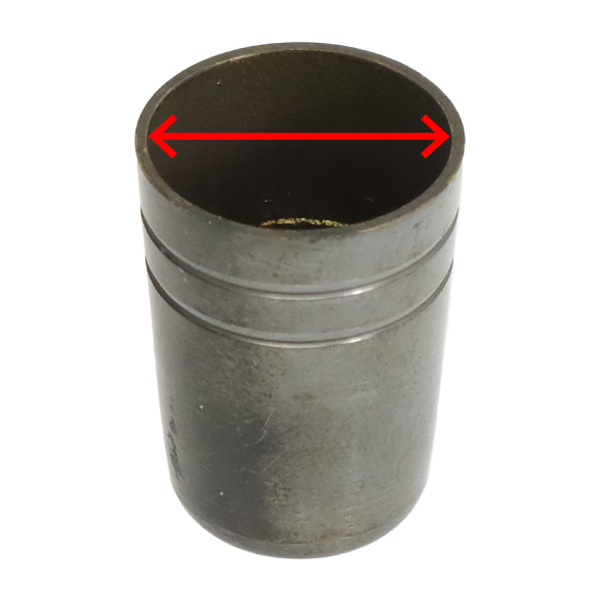Our Guide to Replacing Old Ferrules
Is your walking stick showing signs of wear and tear or starting to feel less stable? This may be a sign to replace the ferrule of your walking stick. In this guide, we'll provide you with our top tips and hacks for replacing old, worn down ferrules so that you can get the best out of your walking stick.
What Does This Guide Cover?
- What Is a Ferrule?
- When Should I Replace My Ferrule?
- Top Tips for Replacing an Old Ferrule
- Other Helpful Guides
What Is a Ferrule?
A ferrule is the attachment at the bottom of your walking stick that makes contact with the ground as you walk. Ferrules provide a stable, secure base as you walk and can also offer the following:
- Improved grip and safety on uneven/slippery terrain
- Better arm, wrist and hand comfort due to shock-absorbing properties
- Noise reduction when using your walking stick on hard surfaces
- Preserve the quality of your walking stick
Ferrules come in several shapes and sizes, giving you the chance to find the perfect ferrule to suit your needs.
Click here to read about the different kinds of ferrules.
When Should I Replace My Ferrule?
Replacing your walking stick ferrule is crucial to ensure your walking stick remains safe for use and effective as a mobility aid. It can be difficult to know when to change your ferrules, so below are some key indicators to look out for when considering a ferrule revamp:
- Worn out grip/tread patterns
- Visible splits and cracks
- Slips become more frequent
- If it becomes loose around your walking stick
- Uneven wear (one side is more worn down than the other)
- Pain/discomfort in arms, wrists and hands
Top Tips for Replacing an Old Ferrule
If you've only recently started using a walking stick, the concept of changing your ferrule may be a foreign one. To help, we've put together some top tips to follow when replacing an old ferrule with a new one.
Choose the Right Size
In order for your new ferrule to fit perfectly on your walking stick, it's crucial to know its measurements. If unsure, we recommend measuring the diameter of your ferrule (as shown below), or the diameter of the bottom of your walking stick. Please do this prior to purchasing a new ferrule for accuracy.

Clean the End of Your Walking Stick
This one may seem odd initially, but wiping the end of your walking stick of dirt and debris can make attaching your ferrules a much smoother process, and enable it to fit more securely around your stick.
Use a Lubricant
Whether removing or attaching a new one, ferrules can feel stiff - making either task a bit more of a challenge. We advise applying a small amount of lubricant, such as warm or soapy water, to the inside of the new ferrule so that it slides on easier.
Similarly, when removing an old ferrule, we recommend soaking the end of the walking stick in warm water for a few minutes prior. This will soften the material of the ferrule, making it easier to remove.
Test Your New Ferrule
Once you've attached your new ferrule, there's no better way to know if it works for you then giving it a test run. Testing it against a flat surface will help to determine whether it's stable and the right fit for your stick.
Rotate Regularly
Rotating your ferrule regularly can be beneficial for a number of reasons, including:
- Prevents one side becoming uneven due to wear
- Helps to reduce the slips and falls
- Provides better traction and grip on different surfaces
- Reduces the need for frequent replacements
Still Having Trouble Replacing Your Ferrule?
In the event that attaching your ferrule with your hands alone is a bit of a challenge, we suggest using a vice or clamp to help with applying it. You can use your clamp/vice to gently hold your ferrule while pushing it onto the end of your stick.
Other Helpful Guides
Below is a list of ferrule-related blogs, which provide more information on the different types of ferrules, and which ferrule to use depending on the environment you're in or your condition.
